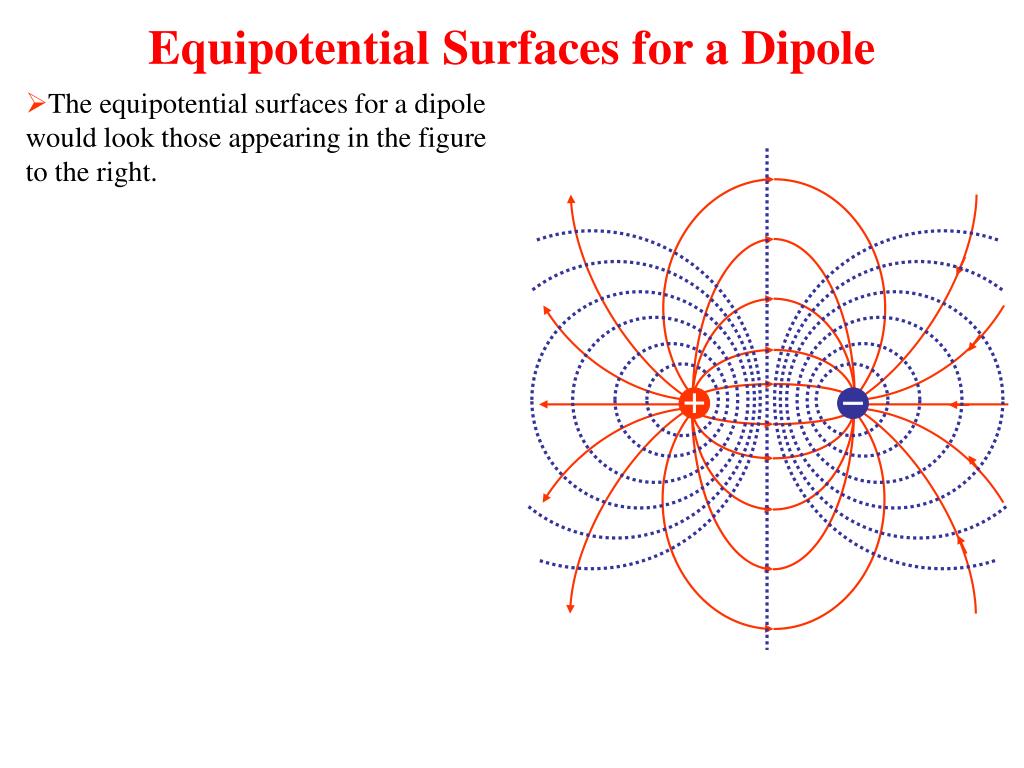


Electric field lines help us visualize the direction and magnitude of electric fields, originate on positive charges and terminate on negative charges.The strength of any point in an electric field can be found by dividing the force exerted on the test charge by the magnitude of that test charge.Practice Exam 4 C/P Section Passage 3 Question 14 Practice Exam 3 C/P Section Passage 4 Question 20 Sample Test C/P Section Passage 2 Question 5 Section Bank C/P Section Passage 1 Question 1 Physics Question Pack Passage 5 Question 34 Physics Question Pack Passage 5 Question 32 Physics Question Pack Passage 4 Question 27 Physics Question Pack Passage 4 Question 24 Physics Question Pack Passage 1 Question 3 The electric field due to a continuous charge distribution is found by treating charge elements as point charges and then summing, via integration, the electric field vectors produced by all the charge elements to find the net vector.Įlectric Field Treatments and electroporation The electric fields of multiple sources on a test charge can be found by superimposing or adding individual effects. Electric field lines originate on positive charges and terminate on negative charges. The strength of the field is proportional to the closeness of the lines.Ĥ. The direction of the electric field is tangent to the field line at any point in space.Ģ. By surrounding a highly charged object with more lines, one can communicate the strength of an. The properties of electric field lines can be summarized by these rules:ġ. Objects with greater charge create stronger electric fields. Near a point charge, the strength of an electric field can be calculated as E = kq/r 2, where k is a constant and r is the distance from the point charge.Įlectric field lines help us visualize the direction and magnitude of electric fields. This gives us the electric field strength in V/m -1. The electric field (E) can also be worked out by dividing the voltage of the electric field by the distance (d) in metres. To find the electric field, we take the force exerted on the test charge and divide by the magnitude of that test charge: The electric field (E) at any point is defined as the amount of electrostatic force (F) that would be exerted on a charge of (+1C). Charged particles accelerate in electric fields. In the simulations we use the colors go from black (strongest field) to red, green, blue (weaker field) and then gradually fade away as the field decreases in magnitude.A region around a charged particle in which an electrostatic force would be exerted on other charged particles is called an electric field. Hence, once you have drawn the equipotential lines of an electric field.

The field vector at any point gives the direction of the field at the point, and the color of the vector shows the strength of the field. The lines of force of an electric field are perpendicular to the equipotential lines.

This conveys the message that every point in space has a field associated with it. If the lines are uniformly-spaced and parallel, the field is uniform.Īnother way to visualize field is to use field vectors, which are uniformly spaced. Where the field lines are close together the field is strongest where the field lines are far apart the field is weakest. The start point of the field lines is at the positive charge and end at the negative charge. The magnitude of charge and the number of field lines, both are proportional to each other. The field lines are perpendicular to the surface of the charge. The relative magnitude of the electric field is proportional to the density of the field lines. Properties of Electric Field Lines The field lines never intersect each other. The direction of the field line at a point is the direction of the field at that point. Field lines start on positive charges and end on negative charges. An electric field can be visualized by drawing field lines, which indicate both the magnitude and direction of the field.


 0 kommentar(er)
0 kommentar(er)
